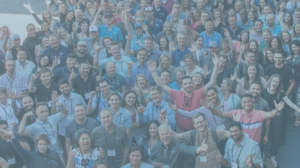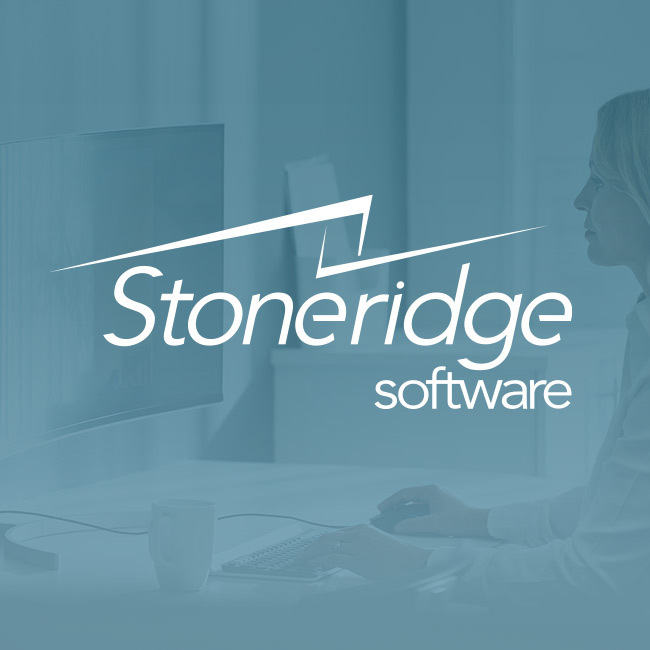Things to Think About Before You Start Your Dynamics CE Project
Microsoft Dynamics Customer Engagement (formerly known as Microsoft Dynamics CRM) is a powerful software tool, but it’s crucial to remember that CRM (Customer Relationship Management) is not just a system; it’s a business and human process. The term "CRM" itself is a verb, an activity, not just a noun. This means CRM is fundamentally about how businesses manage relationships with customers, not just the technology that supports it.
With this in mind, a successful Dynamics CE implementation should start with defining and refining your business processes, not just selecting software. Only after understanding and optimizing these processes should you consider how Dynamics CE can support or enhance them.
Four Key Steps
Before engaging consultants or diving into technical setup, there are four key areas to prepare that will save time, reduce costs, and increase the likelihood of success:
- Define What Success Looks Like
- Secure Time Commitment from Key Stakeholders
- Document Current & Future-State Business Processes
- Prepare Your Data
Each of these steps reinforces that CRM is a human and business process first, with software acting as an enabler—not the end goal.
1. Define What Success Looks Like
A clear Vision Statement helps align the project with business objectives. Success should be measured by process improvements and business outcomes, not just software implementation.
For example, a sales organization once defined success as:
“Increase revenue from $2B to $3B.”
Their Dynamics CE implementation was just one component of a broader CRM strategy. Process changes, stakeholder engagement, and user adoption were equally critical. The software alone didn’t drive success; the improved processes and people using it did.
2. Secure Time Commitment from Key Stakeholders
Successful CRM projects require active involvement from both business leaders and IT teams:
- Business stakeholders must define requirements, provide feedback, and drive adoption.
- IT teams must ensure technical feasibility and scalability.
Without this collaboration, projects risk:
- Misaligned solutions
- Low user adoption
- Delays and budget overruns
CRM is a human process, and people must commit time to make it work.
3. Document Current & Future-State Business Processes
Since CRM is a process-driven discipline, documenting workflows is essential. This includes:
- Current State: How customer interactions are managed today.
- Future State: How they should be managed after improvements.
This exercise ensures Dynamics CE aligns with and enhances your human and business processes, rather than forcing inefficient workflows into a new system.
4. Prepare Your Data
Data preparation (cleansing, deduplication, and categorization) ensures Dynamics CE operates efficiently. However, data quality is primarily a human and process issue. Poor data often stems from inconsistent workflows or lack of governance.
Investing in data readiness early prevents delays and ensures the system supports your CRM processes instead of hindering them.
CRM is a Process, Not Just Software
A successful Dynamics CE project starts with people and processes, not technology. By:
- Defining success in business outcome terms
- Engaging stakeholders to drive adoption
- Documenting and improving human-driven processes
- Preparing data to support, not dictate, workflows
…you ensure Dynamics CE enhances your CRM strategy—not the other way around.
At Stoneridge Software, we’re happy to help. But these foundational steps must be human-led and process-focused for long-term success.
The Stoneridge Team is Here for You
If you're considering Dynamics Customer Engagement, Stoneridge Software can guide you through strategy, implementation, and adoption planning - ensuring the technology supports your people and processes every step of the way. Contact us to learn more.
Under the terms of this license, you are authorized to share and redistribute the content across various mediums, subject to adherence to the specified conditions: you must provide proper attribution to Stoneridge as the original creator in a manner that does not imply their endorsement of your use, the material is to be utilized solely for non-commercial purposes, and alterations, modifications, or derivative works based on the original material are strictly prohibited.
Responsibility rests with the licensee to ensure that their use of the material does not violate any other rights.





